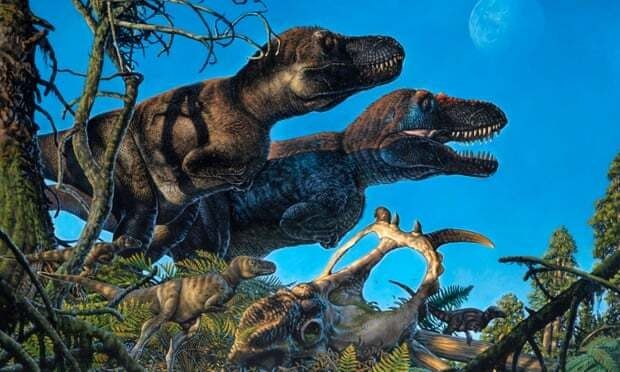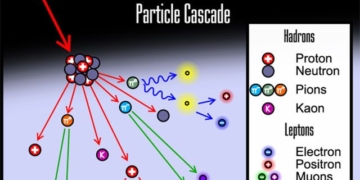Dinosaurs devised various methods to adapt to the cold of the Arctic 70 million years ago.
A recent study reveals that dinosaurs not only traversed the Arctic but also chose this frigid region as their habitat. Here, they developed strategies for winter survival such as hibernation and growing insulating feathers.
The research, published in the journal Current Biology, is the result of a decade of fossil excavations in a remote area of northern Alaska.

Recent research reveals that dinosaurs once lived “long-term” in the Arctic. (Photo: James Havens)
The fossil samples analyzed come from at least seven species of dinosaurs that either hatched or died just before hatching 70 million years ago.
“That’s amazing. It shows that dinosaurs not only lived in the Arctic. They may have even bred here,” said Patrick Druckenmiller of the University of Alaska Museum of the North.
Researchers first discovered dinosaur fossils at frigid latitudes in the 1950s. Previously, they never thought reptiles could survive in such cold conditions.
This led to two hypotheses: Either dinosaurs were long-term residents of the polar regions or they migrated to the Arctic and Antarctic to take advantage of abundant seasonal resources or to breed.
The Arctic was warmer during the Cretaceous period but still very cold. This area may have hosted a vegetation cover with conifers, angiosperms, ferns, and horsetails.
“Most of the groups of carnivorous dinosaurs we found there could have had feathers. It’s like a thick coat for the dinosaurs to survive the winter,” Druckenmiller noted.
Scientists believe that smaller herbivorous dinosaurs likely dug burrows underground and hibernated, while larger ones may have gone without food.
According to the research team, the fact that dinosaurs resided year-round in the Arctic is a clue that they were warm-blooded.
“The ability of dinosaurs to survive the Arctic winter is the ‘most compelling evidence’ that they could be added to the list of warm-blooded animals,” said Gregory Erickson, co-author of the study from Florida State University.





















































